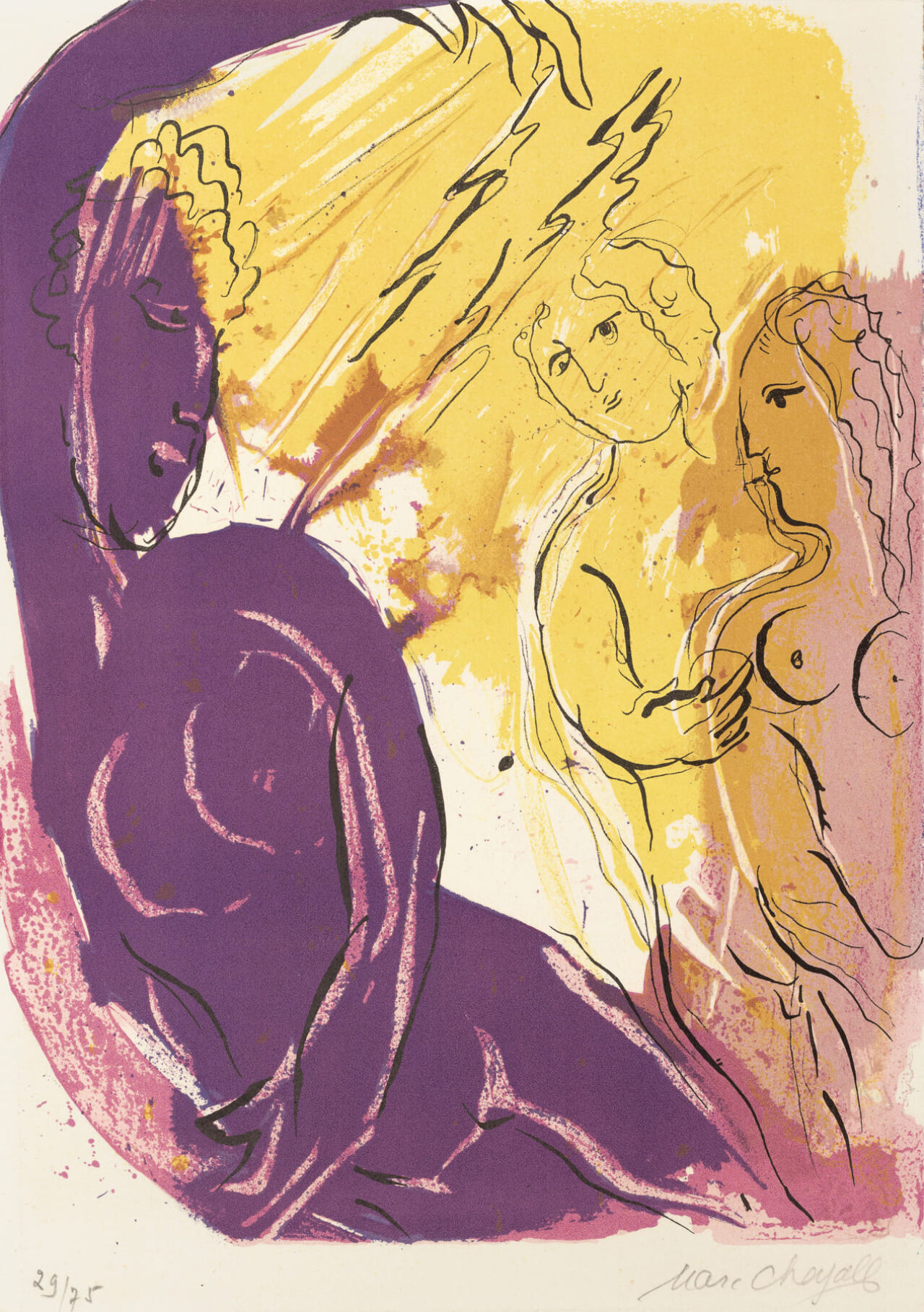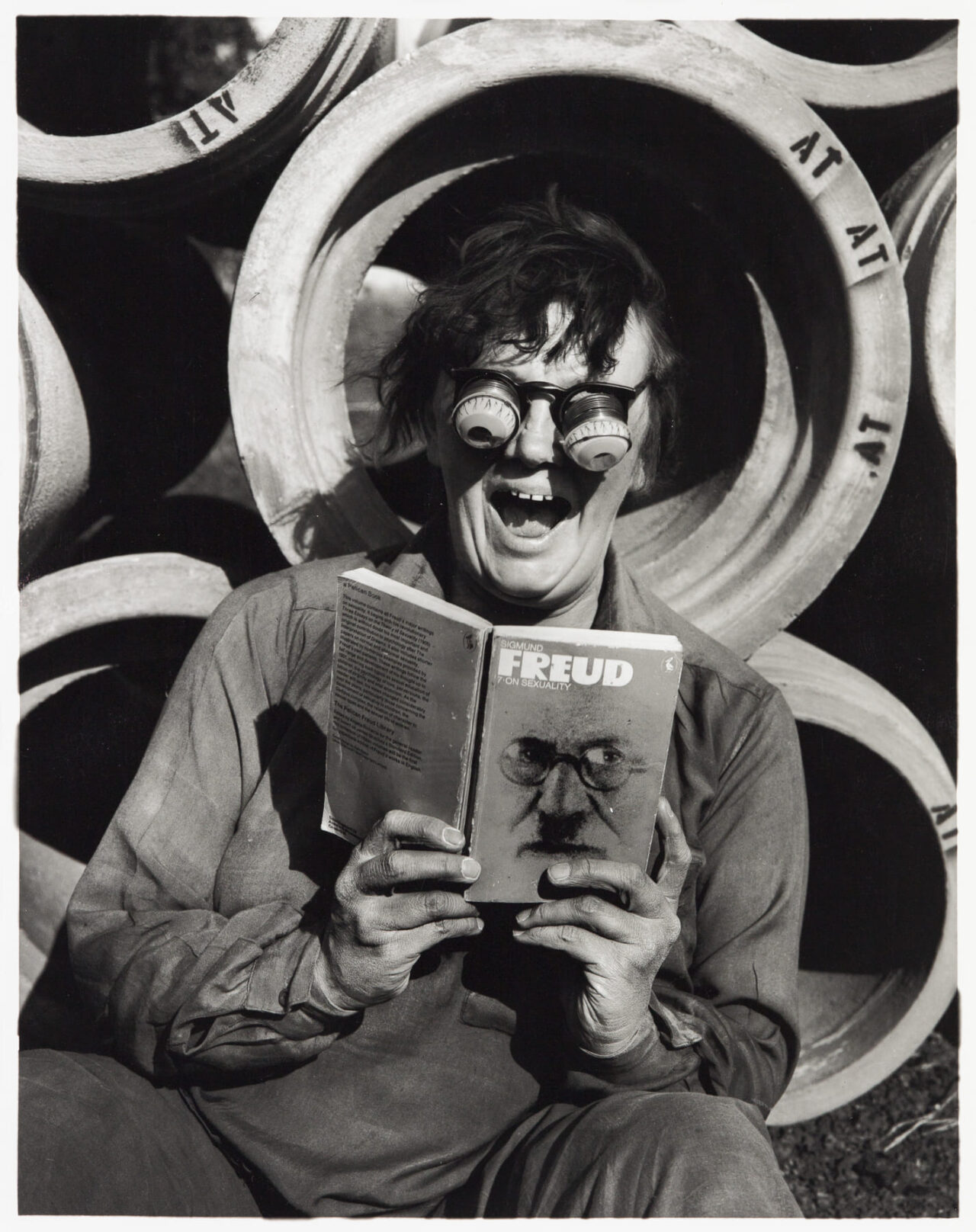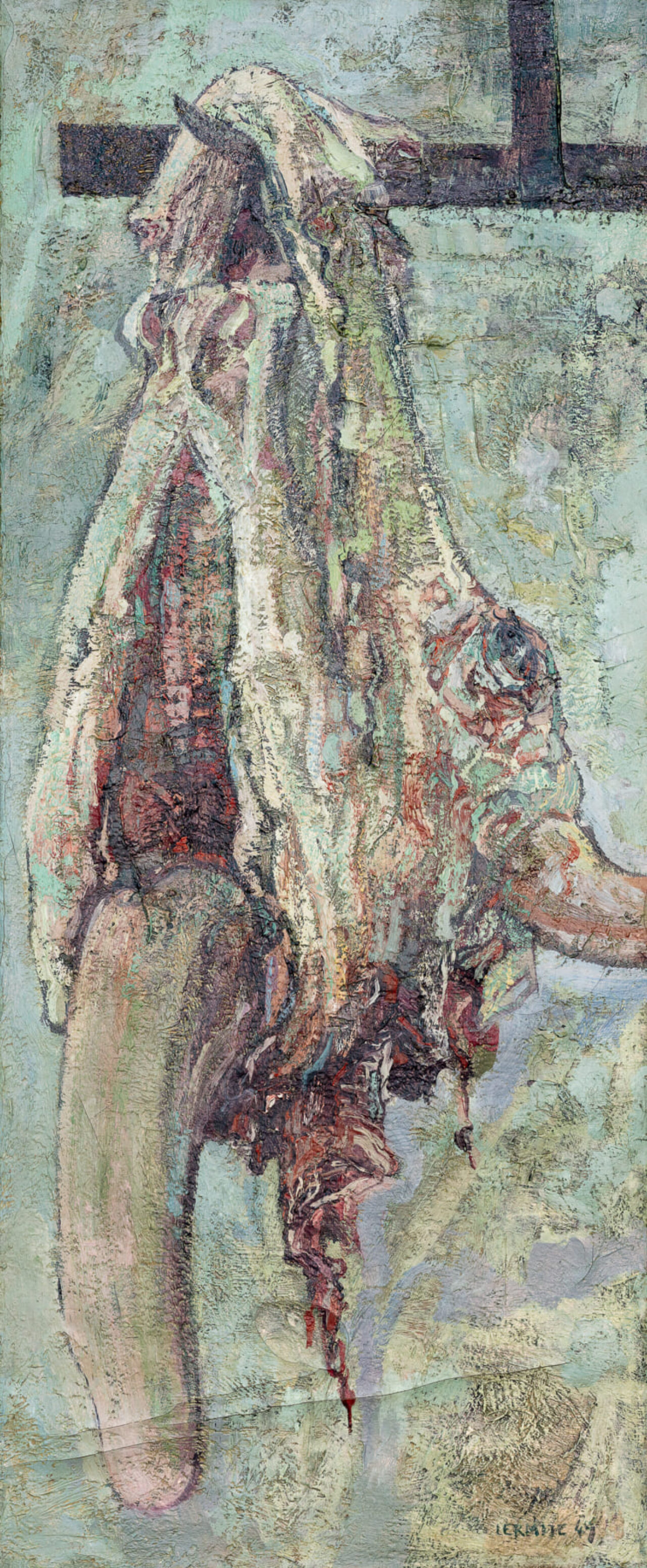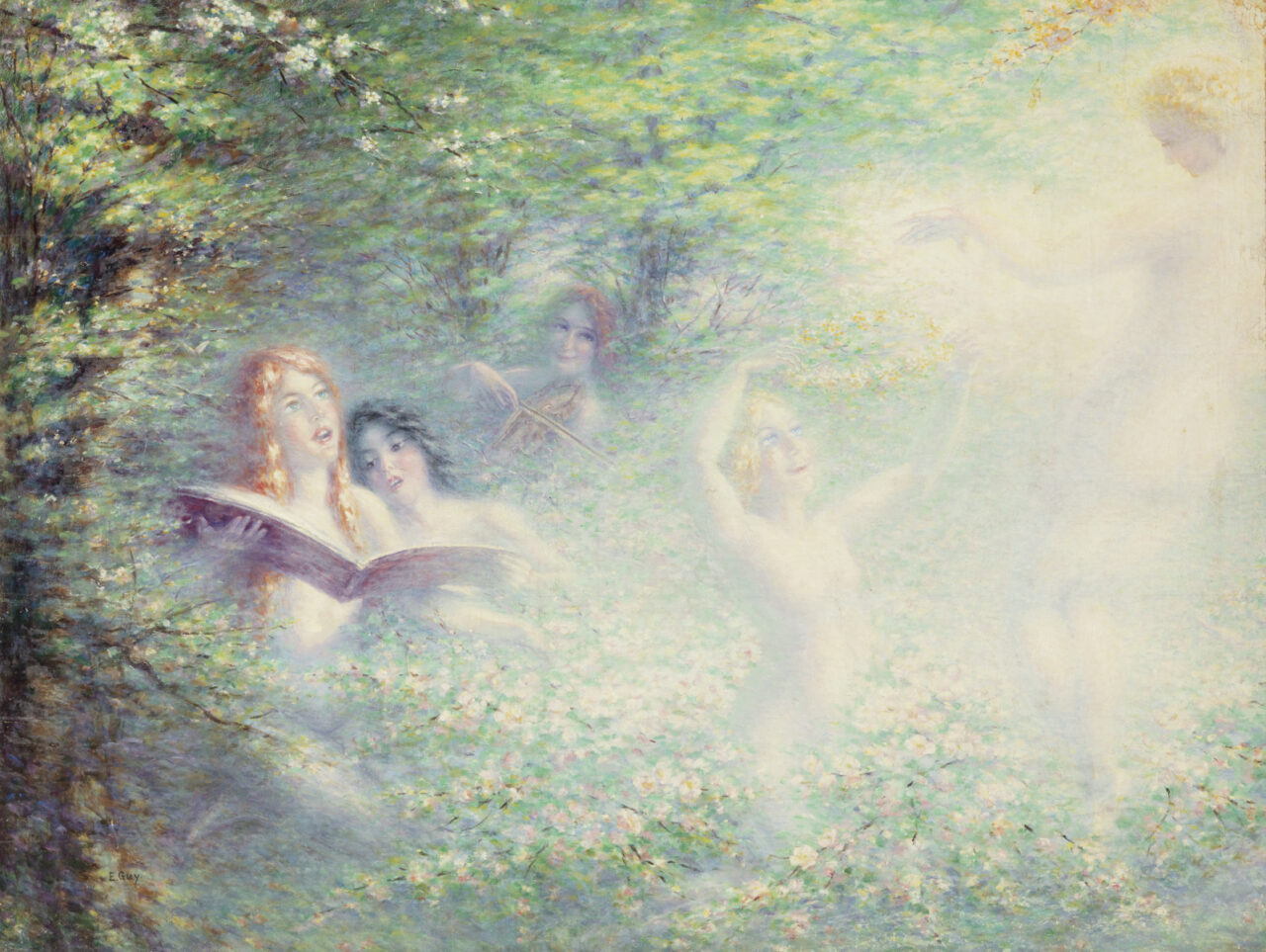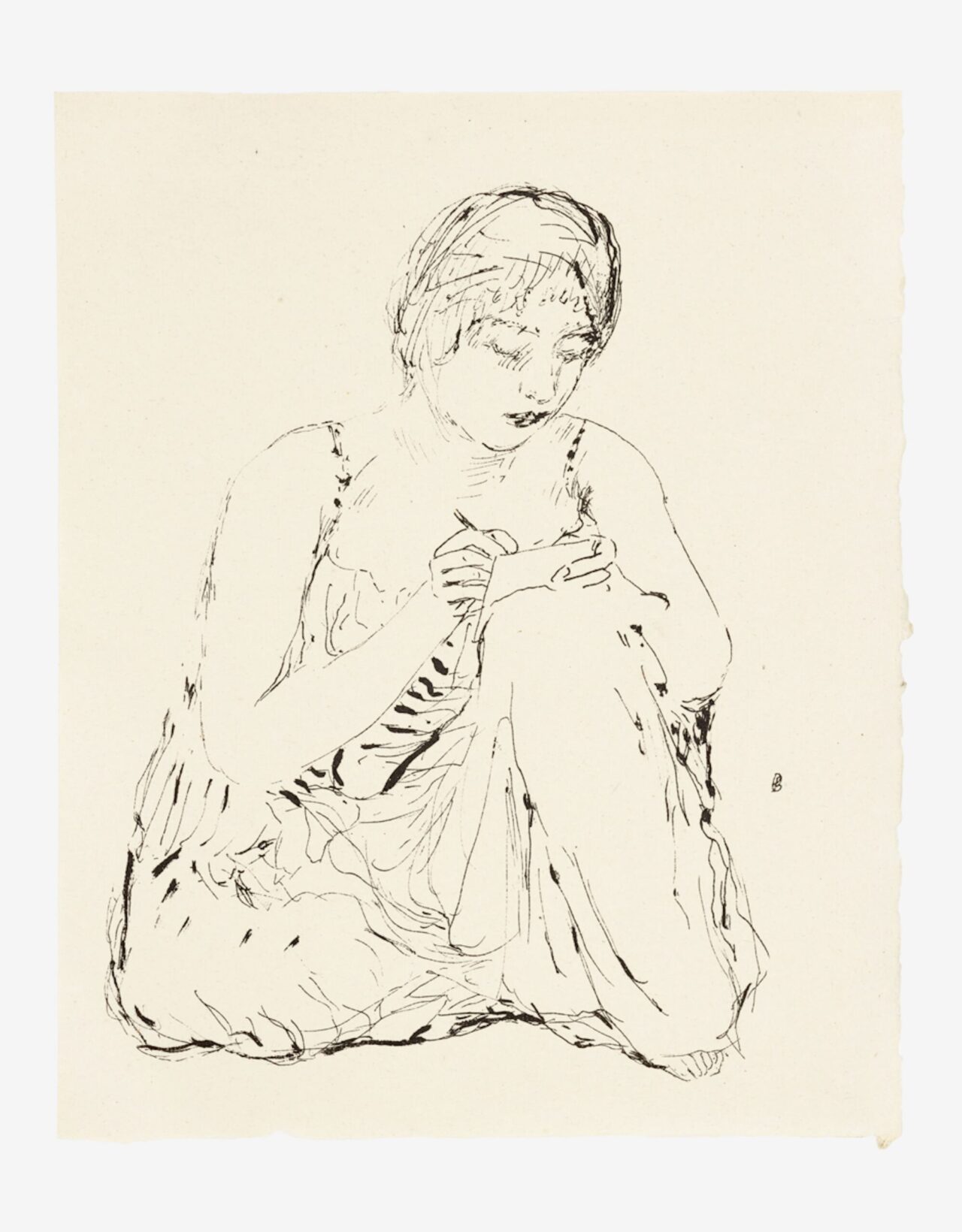This etching (29/75) by Chagall depicts the story from Genesis (chapters 2 and 3) when Adam and Eve are expelled from the Garden of Eden for breaking God’s rules. Themes from the Bible, particularly the Old Testament, are central to Chagall’s creative vision, providing the artist with unlimited inspiration. His biblically influenced works are an interesting and original aspect of his practice, adding to his unique use of color, which is resonant, penetrating and full of infinite nuances. A key figure in 20th century art, Chagall’s work drew inspiration from surrealism and neo-primitivism but did not belonging to any specific movement. Exiled to France in 1925, he became a member of the École de Paris and made his mark on history with his colorful, poetic and dreamlike canvases.
This lithograph was bequeathed to the museum at the end of 1998, or beginning of 1999, following the death of Mrs Odette Eymann, a Locle woman who had built up an important collection that consisted mainly of engravings. She had worked at the Cité du Livre with Charles Chautems, manager of the cooperative bookshop who later became a curator at the Musée des Beaux-Arts from 1971 to 1987. Chautems contributed significantly to the museum’s development.
Upon Eymann’s death, her previously unknown collection of some 200 works was bequeathed to the museum, including Pablo Picasso’s engraving Femme nue se couronnant de fleurs (Female Nude Crowning Herself with Flowers), with an exhibition later dedicated to her contribution titled Regard sur une collection (2000).
Lithograph, inv. 4264


